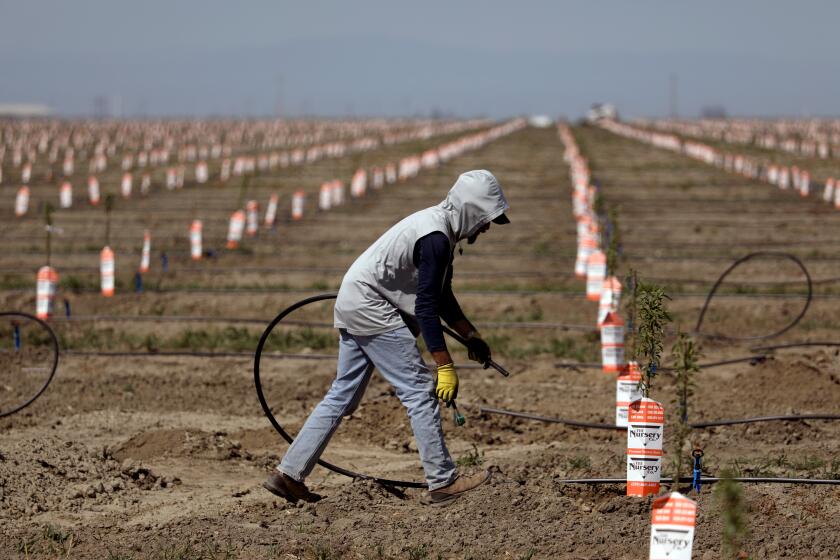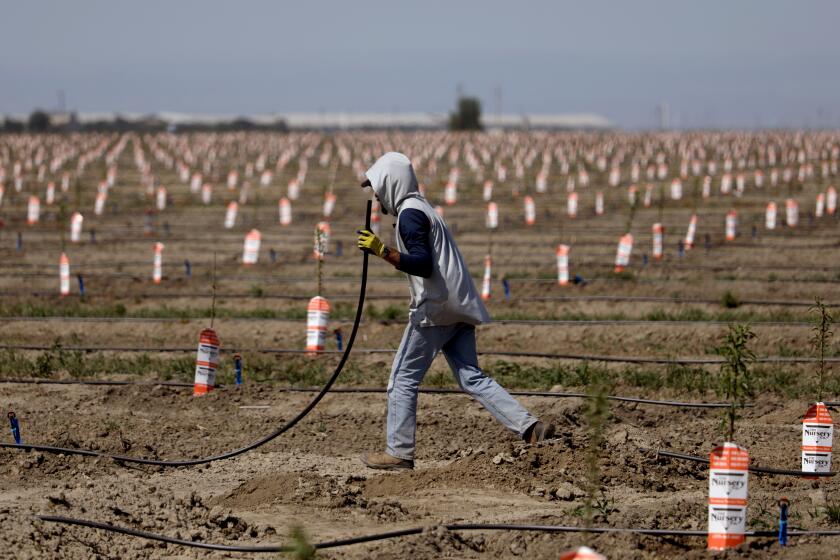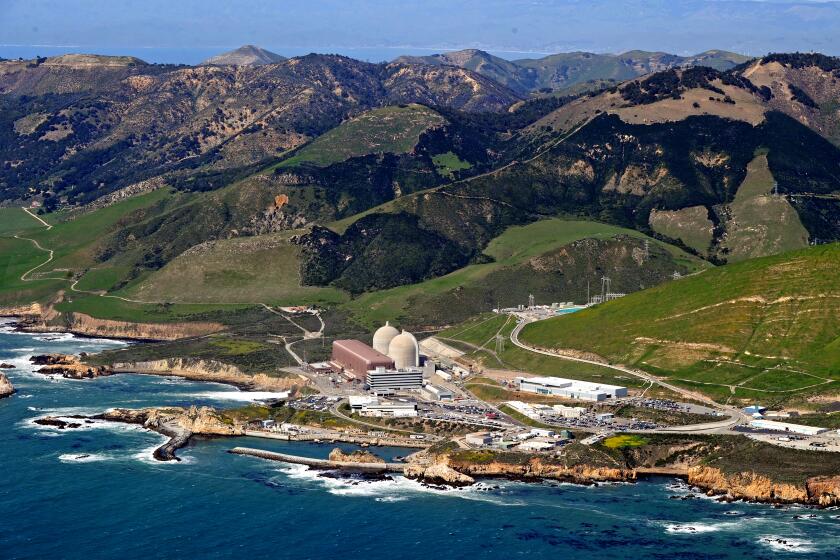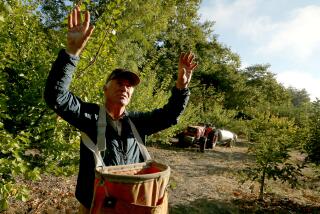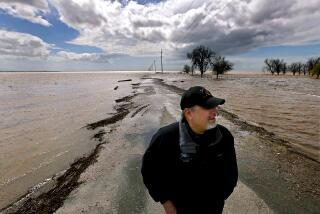California farmers facing drought choose not to plant crops
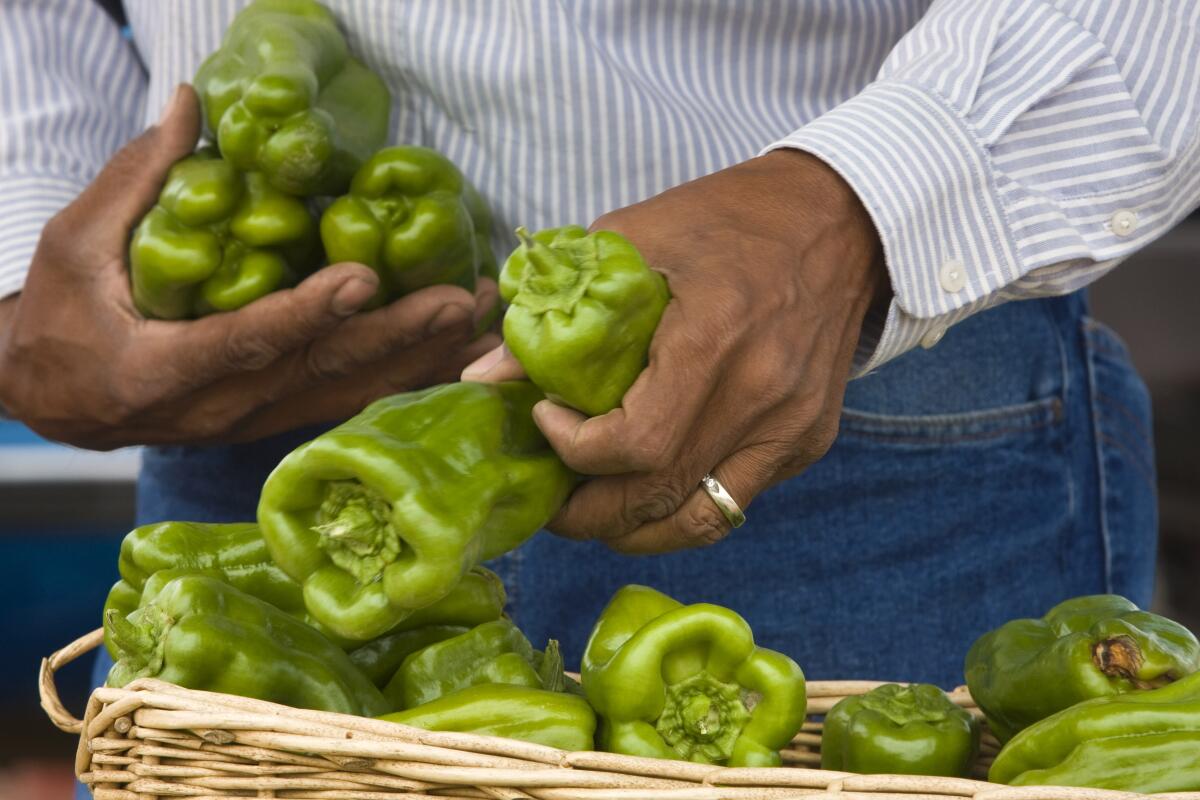
In some areas of California it’s so dry that farmers aren’t even bothering to plant crops this season.
Growers north of San Francisco have begun pulling out of local farmers markets and produce-box programs.
County Line Harvest, which farms more than 30 acres in Petaluma, doesn’t have enough water to grow all the peppers, lettuces and other produce that normally go into its subscription boxes, according to a video on its Instagram page. Nearby farms are saying the same, underscoring the effect of the extended dry spell.
As the San Joaquin Valley braces for yet another season of drought, some growers are openly questioning the future of farming here.
California grows a third of the United States’ vegetables and two-thirds of the nation’s fruits and nuts. If dry weather hampers the produce powerhouse, that could add to the food price inflation that’s already starting to grip the U.S. economy.
“Due to severe drought, for the first time in 21 years, we will not be able to grow this summer in Petaluma,” County Line said in its post.
Drew Lerner, president of World Weather Inc. in Kansas, said California “missed the rainy season” and won’t see much moisture over the next several months.
A La Niña weather pattern in the Pacific pushed winter storms north and away from the state, leaving it with less moisture than usual. As California gets the majority of its water from winter storms, little relief is expected before October.
Gov. Gavin Newsom has extended the emergency drought order to 41 counties — dramatically expanding his order from nearly three weeks ago.
That has left growers such as Shao Shan Farm in a bind. The business can’t offer the selection of Asian vegetables and Bay Area staples it usually grows at its Bolinas location, according to its website.
Nearby, Green Valley Community Farm has access to only about 5% of the water it usually relies on, owner David Plescia said. He’s looking for new land with better water availability, and also has a permit in the works to grow cannabis to make up for the lost income. If it doesn’t come through, he’ll leave the fields empty.
“It’s part of our generation’s cross to bear, figuring out how to run small- or medium-scale farm businesses in this kind of atmosphere” of highly variable rainfall, Plescia said.
Diablo Canyon is the state’s largest clean energy source. Will emissions rise after it closes?
More to Read
Inside the business of entertainment
The Wide Shot brings you news, analysis and insights on everything from streaming wars to production — and what it all means for the future.
You may occasionally receive promotional content from the Los Angeles Times.
